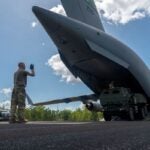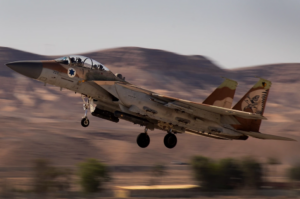
The 133 commercial space companies that provide systems for U.S. military use do not have automatic protection for those systems from U.S. Space Command (SPACECOM), the head of SPACECOM said on July 19. "I do have a mission area of protecting and defending assets on orbit, and that's widely known," Army Gen. James Dickinson told an Aspen Security Forum session in response to a question on whether SPACECOM has a responsibility to protect commercial systems being used to aid Ukraine,…














